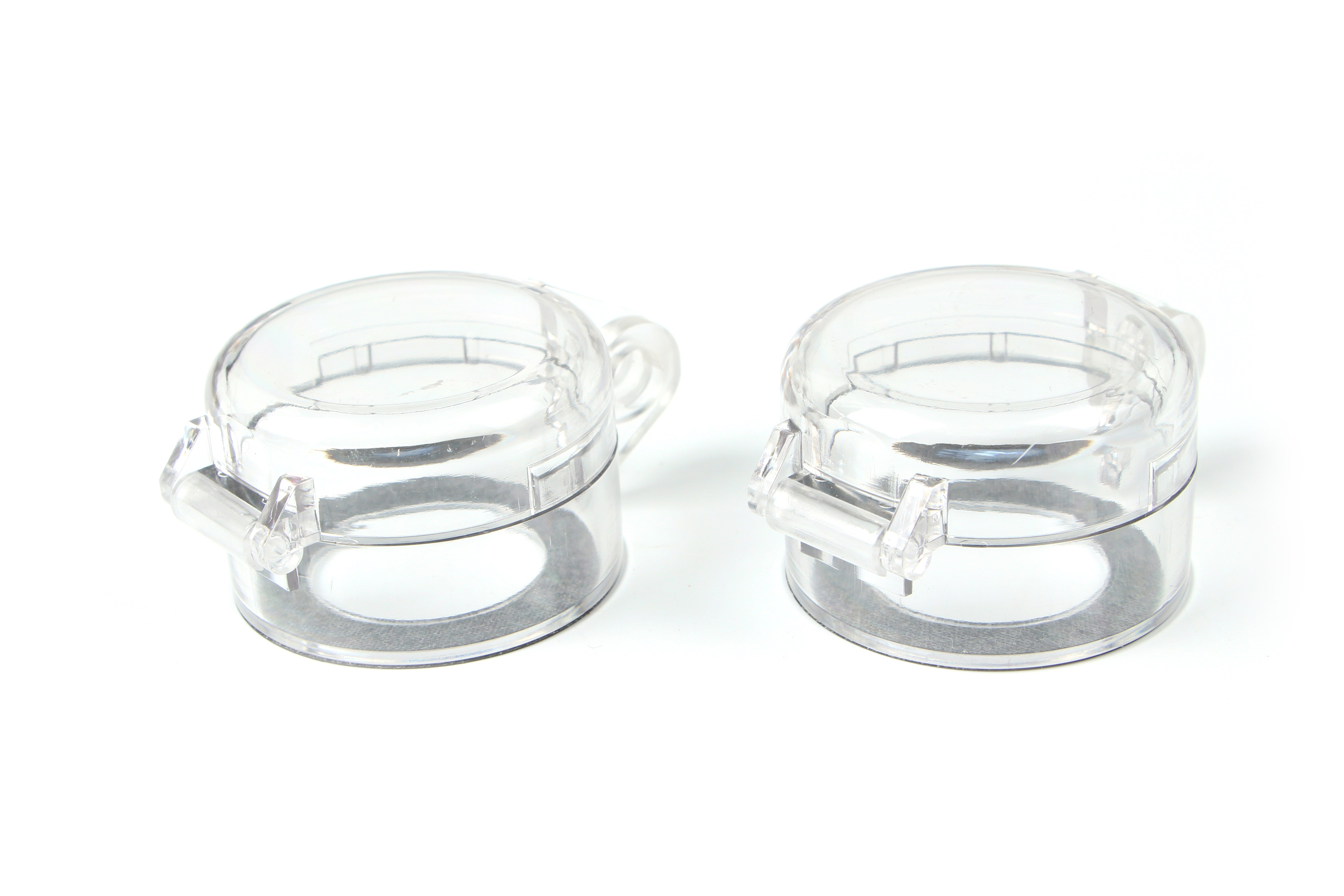1. Increase in inclusions
The inclusions in the steel are the origin of cracks inside the tooling. In particular, inclusions such as brittle oxides and silicates do not undergo plastic deformation during hot working, thereby causing brittle fracture to form microcracks, which further causes cracking of the mold during further heat treatment and use. E.g. The cold die for the stamped watch parts made of Cr4W2MoV steel, after the rough processing, heat treatment and grinding process, found that there are many small holes in the center of the head, causing a batch of punches to be scrapped. The silicate inclusions distributed in a chain shape are machined and peeled off to form small holes.
2. Failure caused by uneven carbide distribution
Cr12, Cr12MoV, Cr12Mo1V1 and other L-type die steels, with a large number of eutectic carbides, when the forging ratio is small or the casting temperature control is not suitable, in the steel is easy to segregate the strip or mesh carbide, so that the mold parts are quenched Frequent cracks along the strip or reticular carbide often occur, or internal cracks further expand during use causing failure. For example, a punch made of a steel having a Φ50 mm eutectic carbide unevenness exceeding 4 is prone to breakage during use.
3. Failure caused by poor forging quality
The quality of the forging of steel directly affects the service life of the mold. Improper heating system and deformation process can cause defects such as over-burning, surface cracking, internal cracking and corner cracking of steel. These will reduce the life of the mold and even scrap directly. For high carbon and high chromium Leysite steel, due to poor thermal conductivity, if the heating speed is too fast during forging heating, the holding time is insufficient, resulting in a large temperature difference between the inside and outside of the billet during forging, resulting in internal cracks.
4. Poor surface quality
If the surface of the alloy mold steel is seriously decarburized, there is still a residual decarburization layer after machining, so that in the final heat treatment of the mold, obvious stress is caused by the difference of the inner and outer layers, which leads to quenching crack of the mold; After quenching, the hardness of the surface layer of the mold is low, and the hardness distribution of the section is not uniform, which reduces the service life of the mold.
Switch lockouts protect both individuals and equipment in the workplace. electrical Switch Lockout devices are perfect for protecting switches that should not be operated, including switches that power disabled, malfunctioning or broken equipment, as well as anything that is under maintenance. Push-button, rotary and wall switch lockouts are available to prevent unauthorized access to activation points.This switch lockout series can be equipped together with hasps and padlocks.


Switch Lockout
Switch Lockout,Toggle Switch Lockout,Wall Switch Lockout,Light Switch Lockout
Lockey Safety Products Co., Ltd. , http://www.lotolockey.com